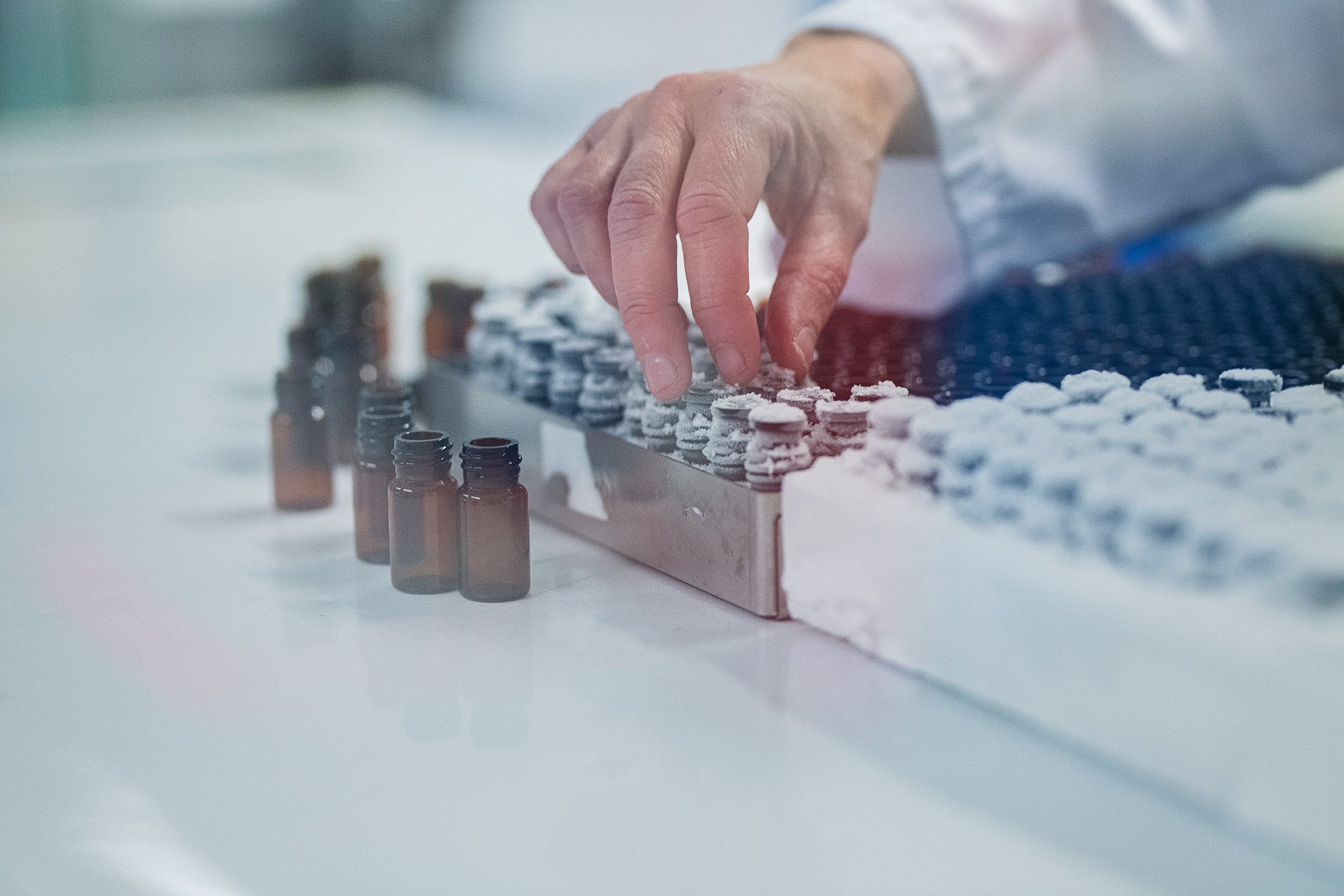Development of a highly sensitive chemiluminescence immunoassay for quantification of aggrecanase-generated ARGS aggrecan fragments in serum.
Abstract
OBJECTIVE
Cartilage degradation is a hallmark of osteoarthritis (OA). Aggrecan, a major proteoglycan of articular cartilage extracellular matrix (ECM), is degraded by ADAMTS-5 resulting in the release of ARGS-G2 fragments to synovial fluid and circulation. The aim was to quantify ARGS-G2 in the serum of OA patients using the huARGS immunoassay.
METHODS
The immunoassay was produced under GMP conditions and the technical performance was assessed. The biological relevance of the immunoassay was assessed in the conditioned media from a bovine full-depth cartilage explant (BEX) model. The diurnal and inter-day variations of ARGS levels were evaluated in OA patients’ serum. Post-hoc analysis of huARGS was conducted in a sub-cohort of a phase III OA trial testing the safety and efficacy of oral salmon calcitonin.
RESULTS
: huARGS demonstrated good technical performance. : ARGS release was induced by inflamatory facotrs stimulation compared to the vehicle group, reaching a peak at day 3 and gradually decreasing to base level at day 12. The ARGS release was suppressed by the addition of the ADAMTS-4/-5 activation inhibitor. : No significant diurnal or inter-day effect was found. The participants in the lowest group (Q1) of baseline huARGS levels were more likely to progress radiographically than the highest group (Q4): OR 3.38[0.81-14.02].
CONCLUSIONS
The huARGS shows good technical performance and low biological variation. It has the potential to aid drug development in various stages, both as a PD biomarker and identifying progressors who might be likely to respond to an OA drug.



